by Mariah Bourne
A Japanese tea ceremony (chanoyu) is an ancient event ingrained into Japanese culture and cherished by many. The people of Japan have perfected and choreographed every detail of the tea ceremony – even down to the placement of mats in a tea room!
Although rooted in simplicity and intention, the different rituals taught by each school make chanoyu layered with complexity and richness that can take a lifetime to appreciate – but that is the draw!
This article is by no means a comprehensive guide to Japanese tea ceremonies, but we try our best to cover the basics. It can be seen as a stepping stone to guide your journey in learning about the art of tea in Japan or at least inspire you to take a #MatchaMoment more often.
What Is A Tea Ceremony?
In Japan, the development of the tea ceremony was heavily influenced by Zen Buddhism. Matcha, the only tea used in Japanese tea ceremonies, was first brought to Japan from China in the 12th century by a Buddhist monk named Eisai.
Matcha was originally strictly used in the temples to help monks stay awake during meditation. But, as tea drinking became widespread in Japan, its significance shifted to warrior class traditions and it became a symbol of luxury. Between the 1300s and 1500s, the art of drinking tea developed into the modern tea ceremony.

If you’d like to read a more in-depth history of the tea ceremony, please read our article here.
By the 16th century, the use of matcha evolved into a transformative practice focusing on spirituality and well-being referred to as chanoyu. Murata Junko is seen as the father of the tea ceremony that we know of today. His student, Sen no Rikyū, took perfecting the tea ceremony to the next level, and referred to as wabi-cha or chado, and representing The Way of Tea.
According to The Way of Tea, the four principles of tea are:
- Wa (harmony)
- Kei (respect)
- Sei (purity)
- Jaku (tranquility)
How To Prepare Matcha For A Tea Ceremony
The tea ceremony is the progression in which Matcha is prepared as koicha (thick tea) or usucha (thin tea). Most matcha drinkers regularly consume usucha. Koicha is generally reserved for formal Japanese tea ceremonies and is prepared with only the highest quality grade matcha. In fact, some tea ceremony schools specifically request custom matcha teas made from storied farmers and producers exclusive only for the school’s use.
Today, there are formal and informal tea gatherings. An informal gathering or chakai will involve drinking usucha, traditional sweets, and light refreshments. Compared to a formal tea ceremony which can last for several hours and feature a multi-course meal or kaiseki, followed by traditional Japanese sweets, koicha, and usucha.
 Photo by Simona Suzuki. Sado, Kyoto
Photo by Simona Suzuki. Sado, Kyoto
Tea Schools
Hosting a tea ceremony requires years of dedicated study and training at specific tea schools. San-Senke is dedicated to teaching the wabi-cha manner of tea ceremony derived from descendants of Sen no Rikyū.
The three historical households of San-Senke are Urasenke, Omotesenke, and Mushakōjisenke, with Urasenke being the largest of the three. Buke-cha or Enshu style of chanoyu is another style of tea ceremony known as warrior style.
What Is A Tea Ceremony Like?
There are many styles of procedures or temae that vary based on the season, school, moment, and a myriad of other factors.
Although there are different practices in hosting a tea ceremony – from how to enter the room correctly to how to properly fold a chakin (small cleaning cloth), a tea ceremony will have a few common, essential steps and elements. For the scope of this article, we’ll focus only on the chado tea ceremony style taught by Urasenke.
Photo by Simona Suzuki. Sado, Kyoto
Tea Ceremony Tools
The main tools used in a formal tea ceremony are:
The Basic Steps In A Tea Ceremony
Here are very basic steps to expect when attending a tea ceremony:
- The tea master enters the room and bows.
- The guest bows back to show humility.
- The guest is presented with wagashi (Japanese sweet).
- The tea master purifies and prepares the utensils.
- The chawan is preheated with hot water, and the water is discarded.
- The chawan is wiped clean with the chakin.
- The tea master prepares the tea by scooping two large scoops of matcha powder into the chawan and adding hot water.
- The tea is whisked for about 30 seconds.
- The tea master hands the chawan to the guest, with the front of the bowl facing the guest.
- The guest drinks the tea and places the chawan on the opposite side of the tatami mat.
Remember, this is a simplification. The actual ceremony can differ depending on the season, style, and school.

Photo by Teddy Yang
Key Aspects Of A Tea Ceremony
Along with the procedures, there are a few key necessities that will represent a tea ceremony:
- Setting: A traditional venue for a tea ceremony is commonly surrounded by a garden. This quiets the mind before entering the tea ceremony.
- Chashitsu (tea room): The tea room or tatami room is where the ceremony is held. You’ll find a scroll that represents the intention of the ceremony, along with a seasonal flower arrangement.
- Clothing: Traditionally, kimonos are worn during a tea ceremony. However, modern-day public ceremonies allow for modest clothing without jewelry or perfumes.
How To Attend A Tea Ceremony
If you ever have the opportunity to attend a Japanese tea ceremony, do not hesitate to go! In Japan, tea masters will often hold tea ceremonies for the public. It is truly an honor to experience the care that goes into the process.
If you can’t make it to Japan, there are many wonderful chanoyu schools around the world, and chances are you can find one locally! Several schools offer the chance to experience a tea ceremony. Some of our favorites are hosted by the Urasenke Foundation. You can even take a hands-on approach and learn from real tea masters through the Urasenke Foundation!
Final Thoughts
A treasured aspect of Japanese culture, the Japanese tea ceremony is one of the most unique and graceful practices. It's an event you'll likely never forget and one that every tea lover should experience at least once.
Our overview is only but a small start to exploring the world of tea ceremony, but we hope this provides a solid foundation to get you started on learning more about the Japanese art of tea!
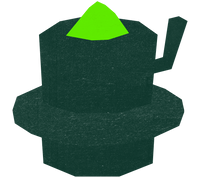

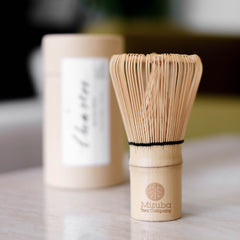
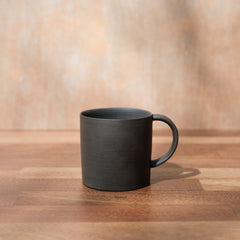
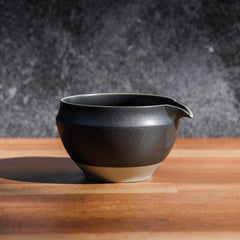
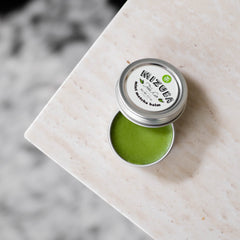
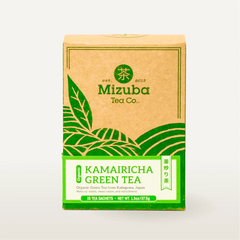

1 comment
I have experienced the tea ceremony many times in my “Japanese “ family home in Fugi city. I would very much like to host or attend one here in Memphis.
Leave a comment